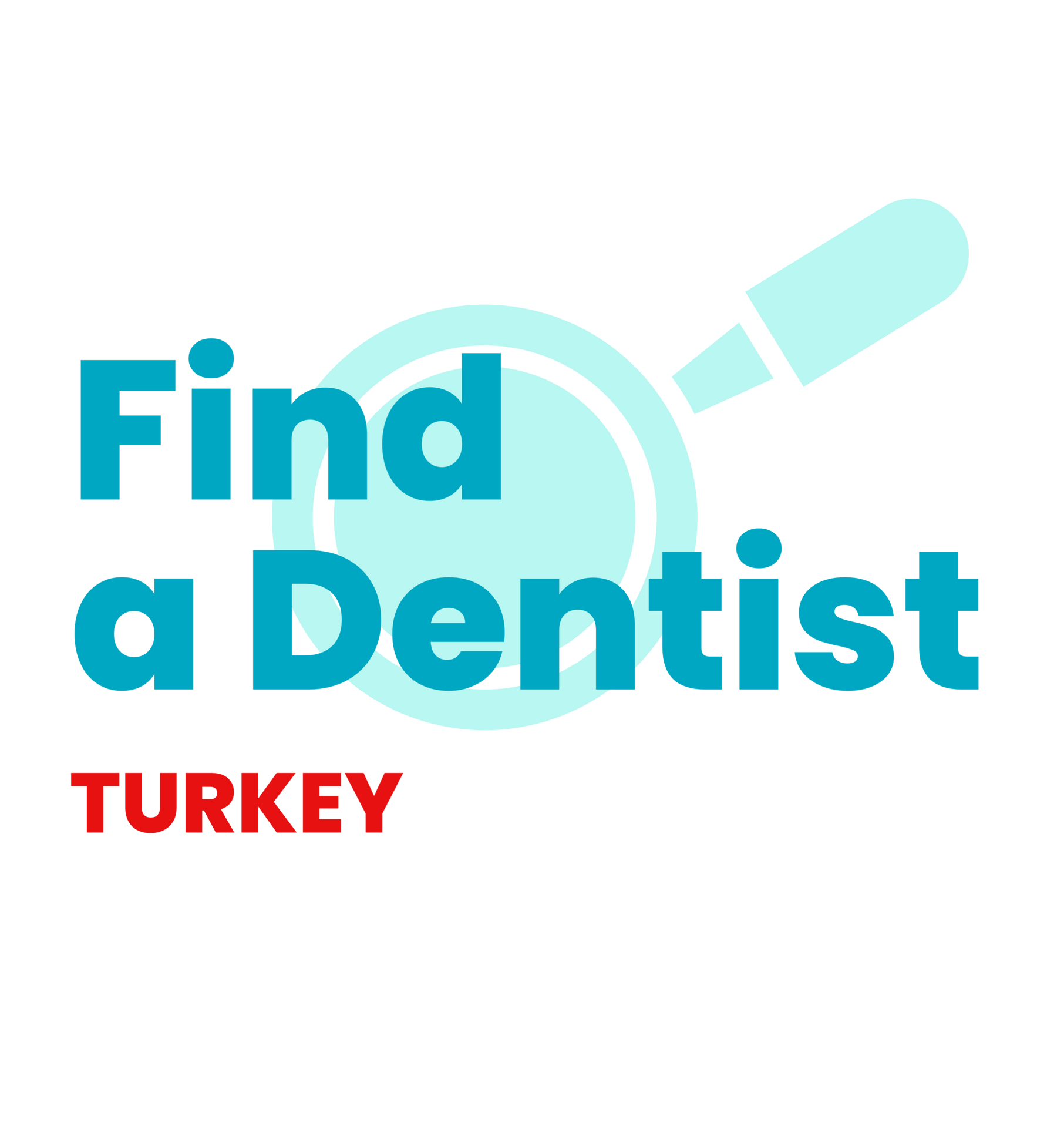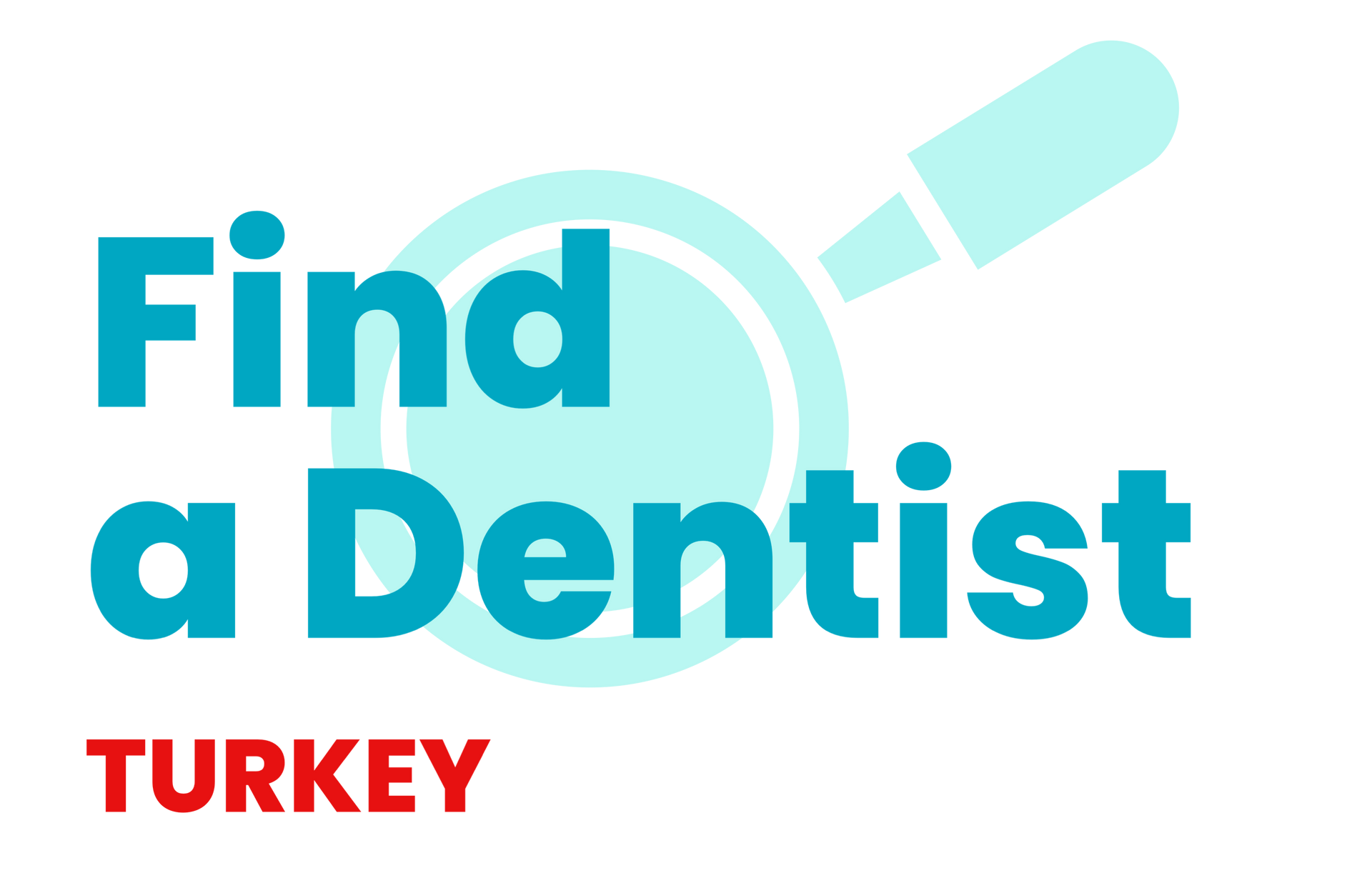Table of Contents
all you need to know about
Smile Design
The process of "smile design" in the field of cosmetic dentistry entails making changes to the way a smile looks. Dentists assess and enhance a patient's smile using a set of rules known as the 20 principles of smile design. The position of the teeth, tooth shade, and shape, as well as face symmetry, are only a few examples of the numerous considerations that principles take into account.
The 20 Principles of Smile Design.
- Facial Analysis: It is assessing and interpreting a patient's facial features, such as their teeth, lips, and surrounding tissues, to create a custom treatment plan that meets both their functional and cosmetic concerns.
- Central Incisor Width/Height Ratio: The breadth of the two central incisor teeth length is divided to determine it. The central incisors' width/height ratio is ideally about 80%, meaning the teeth' breadth is roughly 80% of their length.
- Mesial inclination: It describes the angle between the tooth's vertical axis and the direction in which the tooth's crown is inclined.
- Dental midline placement: It is the position of the hypothetical line that passes through the middle of the upper and lower front teeth vertically.
- Colour, Shading, Stains, and Markings of Teeth: Teeth differ in colour depending on where in the mouth they are located, with the front teeth often being lighter than the back teeth.
- Amount of Teeth Showing at Rest: The size and form of the lips, the position of the jaws, and the quantity of visible gum tissue have an impact on how many teeth are visible when the mouth is at rest.
- Gum Line Symmetry and Balance: The gum line looks uniform and in harmony with the rest of the face when it is symmetrical and balanced, which contributes to a grin that is appealing and aesthetically pleasant.
- Gingival Margins: It is when the gum's border meets the tooth. They help keep bacteria and other hazardous elements from penetrating the bone and tissues beneath the teeth by creating a protective shield around them.
- Gaps or Diastema: It is the gap between the two upper front teeth.
- Gummy Smile: It is an excessive amount of gum tissue displayed when smiling.
- Gingival Zenith: It contributes to the creation of a beautiful and realistic-looking smile, making it a crucial factor in cosmetic dentistry.
- Nasolabial folds or Smile Line: The lines or creases that extend from the sides of the nose to the corners of the mouth.
- Gum Disease and Bad Breath: Gums that are red or swollen (gingivitis), and bleeding are typical signs of poor breath.
- Malocclusion or Crowded teeth: It refers to the misalignment of the teeth and/or jaws, which results in functional and aesthetic problems with biting, chewing, and speech.
- Incisal Embrasure: It is a triangle-shaped area in the front of the mouth between the contact points of two neighbouring teeth.
- Dental Golden Proportion: It is being used by dental practitioners to design a smile that is balanced with the patient's facial features and produces a natural-looking outcome.
- Open Gingival Embrasures: They are the triangular voids between neighbouring teeth's interproximal contact points, which are seen in the cervical region of the teeth.
- Vertical dimension of occlusion: It is the distance between two sites when the jaws are closed and the teeth are in contact and essential for maintaining healthy oral function, which includes speaking, chewing, and swallowing.
- Dental amalgam fillings: They are the type of dental filling material that has been in use for more than 150 years.
- Buccal corridor: It is the dark area between the upper back teeth and the corners of the mouth when someone grins.
What are the benefits of Smile Design?
A smile design has some advantages, both aesthetic and practical. A Smile Design has a positive impact on a person's confidence, attractiveness, and dental health. It is a thorough and personalized method of dental treatment that have long-lasting effects and raise the general quality of life.
Enhanced Appearance: Dental treatments help improve the appearance of the smile by addressing issues such as gaps, tooth discoloration, and misaligned teeth. Orthodontic treatments like braces or Invisalign can straighten teeth and correct bite alignment, resulting in a more aesthetically pleasing smile.
Orthodontic treatments, such as braces or Invisalign, are used to address gaps, tooth discoloration, and misaligned teeth.
Improved Oral Health: Dental procedures contribute to improved oral health, which in turn promotes better overall health. Orthodontic treatments and dental implants can address concerns such as tooth decay, gum disease, and jaw problems, reducing the risk of related health issues.
Dental procedures like orthodontic treatments or dental implants help treat tooth decay, gum disease, and jaw problems, contributing to better overall oral health.
Improved Functionality: Dental treatments improve the functionality of the teeth, making it easier to eat, speak, and perform daily activities. Orthodontic treatments can correct misaligned teeth or a misaligned bite, improving chewing and speech abilities.
Orthodontic treatments can correct misaligned teeth or bite issues, improving chewing and speech abilities.
Personalized Treatment: Dental procedures involve personalized treatment plans tailored to the specific needs and goals of each individual. Whether it's braces, Invisalign, porcelain veneers, or dental implants, the treatment is customized to address unique concerns and desired outcomes.
Treatment options like braces, Invisalign, porcelain veneers, or dental implants are tailored to the specific needs and goals of each individual.
Long-Lasting Results: Dental treatments provide long-lasting results when proper care and maintenance are observed. Procedures like porcelain veneers or dental implants can deliver a beautiful and healthy smile that can endure for many years, enhancing both appearance and functionality.
Procedures like porcelain veneers or dental implants provide a lasting and beautiful smile with proper care and maintenance.
Smile design helps improve a person's teeth's appearance and functionality as well as oral health, which boosts self-esteem and improves the quality of life.
Is Smile Design Treatment the Same as Dental Treatment Implant?
No, the treatment for oral implants and smile design are not interchangeable. A smile design treatment is used in cosmetic dentistry, it aims to boost someone's smile. It involves processes like orthodontics, teeth bleaching, as well as veneers. The aesthetic appeal of our teeth and gums is enhanced by creating a more attractive as well as confident smile
How does a Smile Design Treatment work?
A Smile Design Treatment is a cosmetic dentistry procedure designed to make a person's smile more appealing. The course of treatment entails a few steps that are tailored to the needs and objectives of the patient. Talking to a cosmetic dentist or having a consultation is the initial step. The dentist assesses the patient's oral health during the appointment and goes over their treatment objectives and expectations. The dentist creates a plan to treat patients based on their goals and oral health. The treatment planning involves different cosmetic dentistry procedures like tooth bleaching, veneers, composite bonding, and orthodontics.
The dentist needs to prepare the teeth or gums for the operations ahead of real treatment. Old fillings need to be taken out, the teeth need to be cleaned, and any underlying dental problems like cavities or gum disease need to be treated. The dentist starts doing them when the teeth and gums have been cleaned and prepped. The use of veneers or composite bonding materials, tooth bleaching, or tooth alignment using braces or transparent aligners are all included in the procedures.
Digital Smile Design (DSD) Technology
Digital Smile Design (DSD)is frequently employed. Dentists and patients view and plan the final result of a smile makeover using a computer-assisted smile design (DSD) procedure in preparation for any treatment. Digital photography and video of the patient's teeth and gums are taken, the photos are analyzed to find any problems or improvement areas, and finally, a 3D digital model of the patient's teeth and gums is created. It is used in simulating the results of numerous cosmetic oral surgeries, giving the patient and dentist a preview of the final look.


